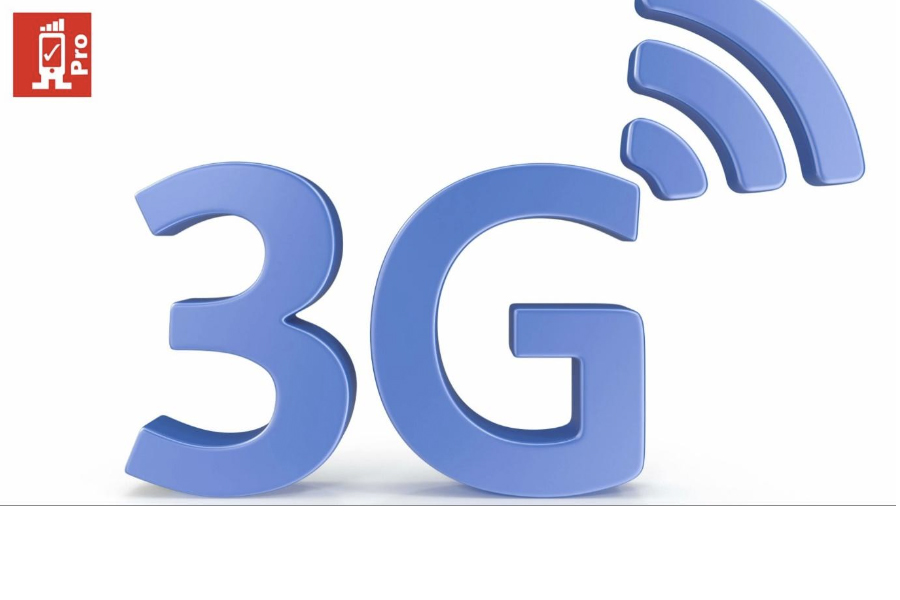Advanced wireless technologies like 3G could be used to make broadband available to the masses even in rural areas – 3G is expected to drive broadband growth across the world. Each subscriber would automatically become a broadband enabled subscriber. It is a fact that broadband penetration is very low in some places and that the rollout of wired broadband will entail enormous cost, here comes 3G, which is the most cost-effective route to deliver mobile broadband to the masses, compared to such circumstances.
Rural India is yet to see a surge in computers, and Internet access, with mobile penetration high even in rural areas, hence 3G services is bringing the Internet access to rural India; people can access 3G on mobile handsets thus paving the way to bridge the digital divide. 3G is the best option in rural areas as it is economically viable. In rural areas, 3G will cater to e-agriculture, e-Governance, e-health, and e-education. So, now let us see how 3G in rural areas is bridging the digital divide along with Reliable Mobile Network Monitoring Tools, Mobile Network Drive Test Tools, Mobile Network Testing Tools and Reliable Best wireless site survey software, site survey tools for wireless networks & Wifi site survey software app in detail.
What is digital divide?
Variation in access to the Internet and Information and Communication Technologies (ICT) is known as the digital divide that affects not only among people but also in regions across the world. This gap like digital divide becomes even wider when we talk about regions. The technological gap that separates some regions or countries from others, even though 3G and 4G networks. However, the massive expansion of 5G, are already reaching almost every corner of the planet.
There are different types of types of digital divide, mentioned below.
Access divide:
People will have to access this resource, for this reason, socio-economic differences between people and between regions come into play. But problem is that digitisation requires very costly investments and infrastructure for rural areas especially in less developed regions.
Use divide:
Lack of digital skills is the main reason which delays the handling of technology. The International Telecommunication Union (ITU) points out that there are several countries in which many inhabitants do not know how to attach a file to an email.
Quality of use gap:
People have the digital skills to find their way around the Internet, but they don’t have knowledge to make good use of and get the most out of it, in regard to access to quality information.
Consequences of digital divide –
Lack of communication and creates social isolation:
People in remote areas are not able to access to the Internet hence they get disconnected, this happens to rural residents’ lifestyle which causes social isolation.
Barrier to studies and knowledge:
It has been seen that the effects of the digital divide in education give impact on teachers and students because they lack sufficient technology and digital skills thereby increasing lacking knowledge by limiting access to knowledge.
Emphasizes social differences:
Digital divide creates hurdles in finding a job and accessing quality employment, which has a negative impact on the workers’ economy.
Gender discrimination:
Report says that the digital divide negatively affects women more than men, which violates the principles of gender equality.
Conclusion
In this context, 3G network technology is the main factor that can change experience for users by providing them enhancement. With 3G, users have started experiencing voice services, another experience is most customers will also be on the mobile phone. Thus, 3G has the potential of bridging the digital divide in rural areas. To maintain the attributes of 3G in terms of digital divide, network testing plays a pivotal role in telecom industry, here comes RantCell which is a SaaS based software that will help you to perform network testing on 5g/4g/3g coverages. 3G is an attractive proposition not only in revenue generating urban areas but also acquires to tap the rural market as the largest part of our population lives in these areas.



